Celia Paul's colony of ghostly apparitions haunts Victoria Miro
Eerie and elegiac new London exhibition ‘Celia Paul: Colony of Ghosts’ is on show at Victoria Miro until 17 April
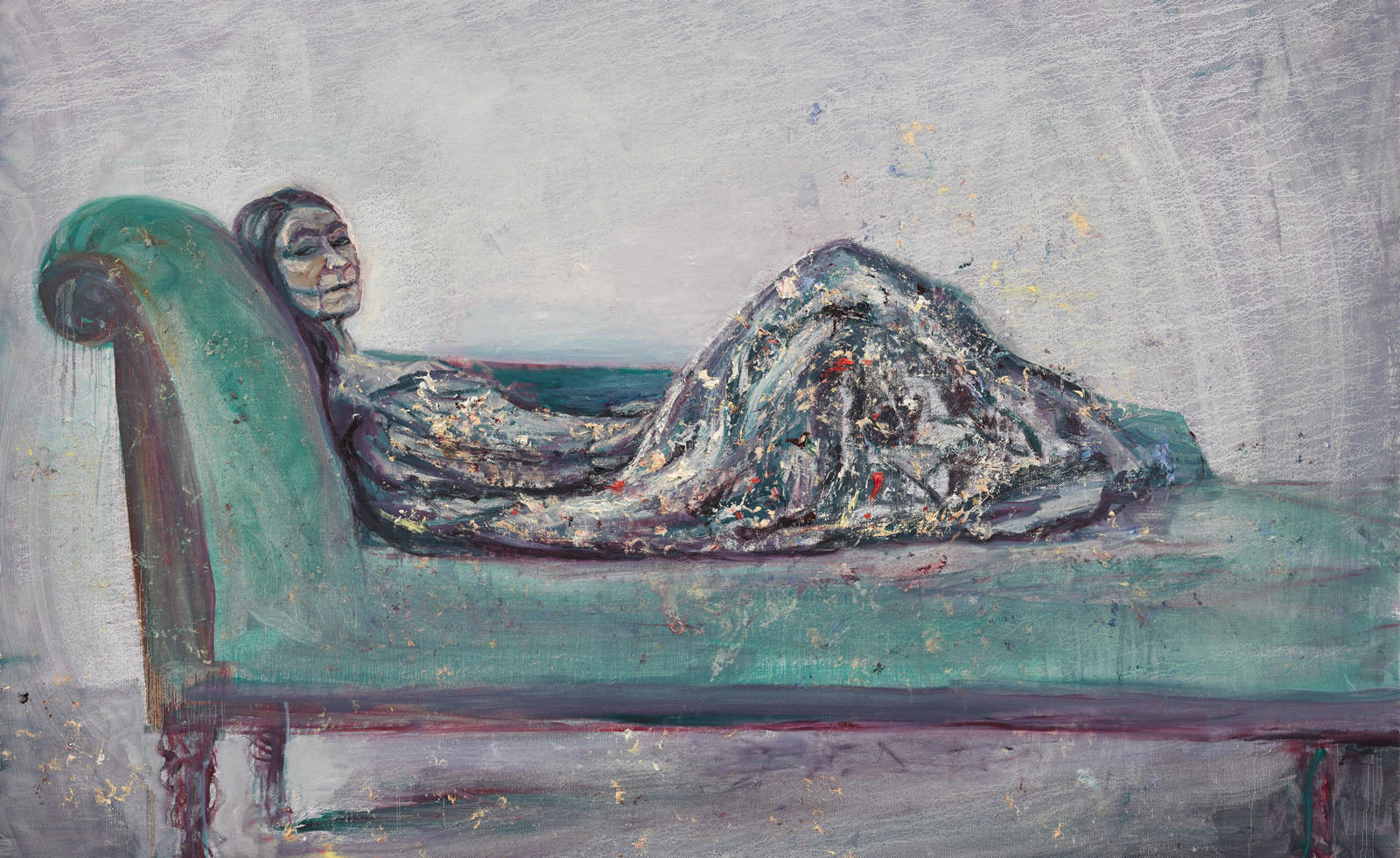
‘I often feel like a ghost… my memories are more alive than my present existence,’ writes Celia Paul in her latest monograph. It is a striking statement given the apparitional nature of her work in Victoria Miro’s current exhibition, ‘Celia Paul: Colony of Ghosts’. At every turn, Paul’s beautifully pared-down portraits haunt the walls and the viewer alike. Whether of figures or seascapes, profiles or trees, her paintings exude the knowledge of things past lingering into the present. These ghostly works speak, rather eerily and elegiacally, into the here and now.
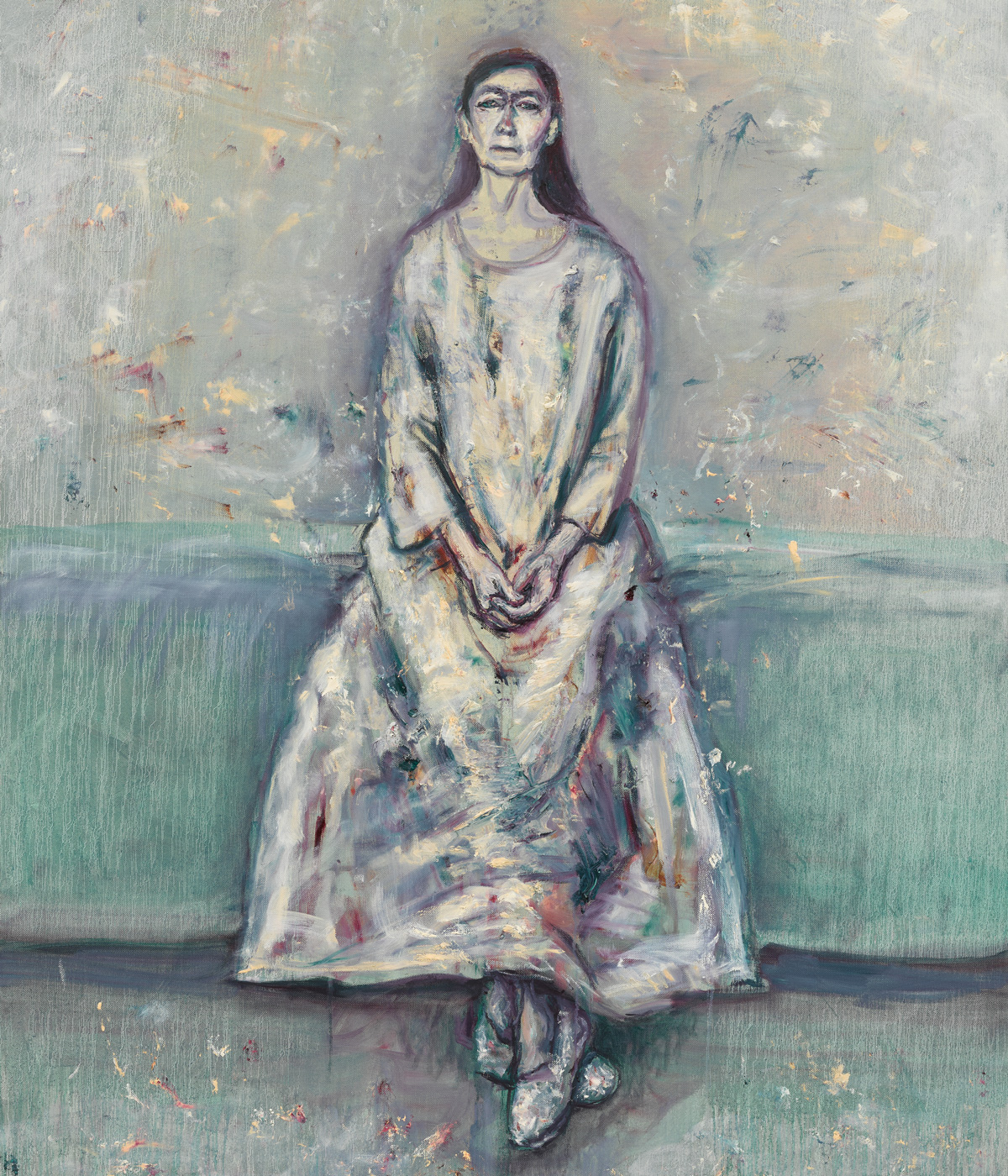
Celia Paul, Painter at Home, 2023
Yet portraiture, for Paul, is also a speculative, as well as spectral, process. New works look back to former paintings, and more recent auto-portraits reference older ones by other British artists. In Ghost of a Girl with an Egg (2023), a woman looms luminous and lavish, her pearlescent flesh shimmering against the dark depths of a bed. A halved egg, the baby yellow yolk of which subtly gleams, appears pallid next to the woman’s lunar lustre. What takes one’s breath away about this mesmerising work is that Paul is here referencing Lucian Freud’s past portrait (Naked Girl with Egg, 1980-81) of her as a young woman. In her painting, Paul not only transforms ‘flesh’ into ‘spirit’, but answers back to Freud’s representation of her, to the male gaze, to a past self that deserved to shine rather than exist in the shadow of her famous lover.
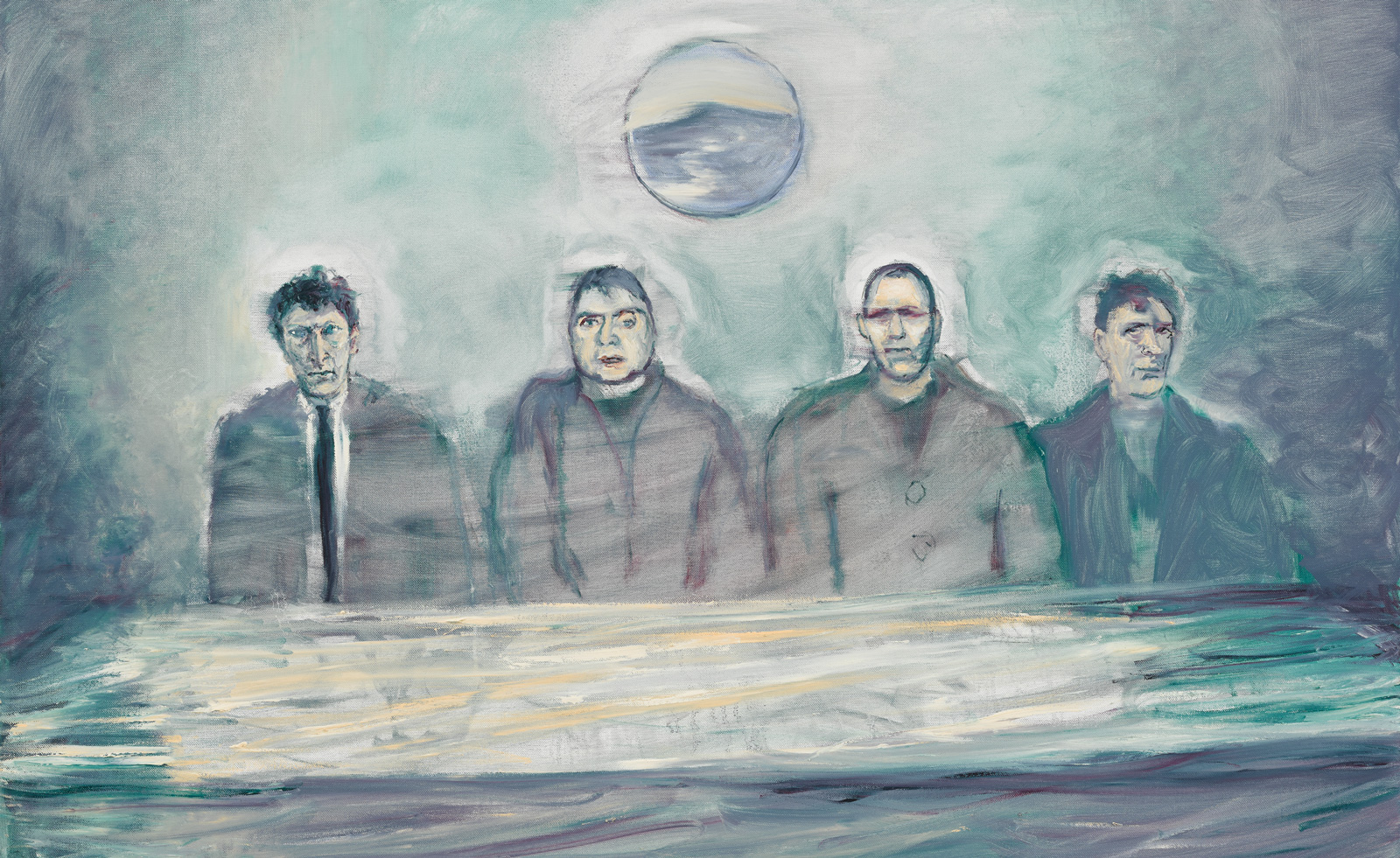
Celia Paul, Colony of Ghosts, 2023
The exhibition’s titular work performs this divine feat of painterly justice too. Past haunts the present, but only so Paul can now stare long and hard into the issues of yesterday. Featuring the ‘four giants of the so-called School of London: Lucian Freud, Francis Bacon, Frank Auerbach and Michael Andrews’, as Paul describes them, Colony of Ghosts (2023) appears like a supernatural summoning, with this recognisable artistic quartet stark in an enclosed scene. Standing before them one wonders who is subject to whom? But if we turn our eyes to the painting on the opposite wall (Reclining Painter, 2023), it is Paul’s reclining yet directly attuned form we – and they – behold. It is Paul’s gaze and superior sense of interiority pouring out before us that claims our utmost attention.
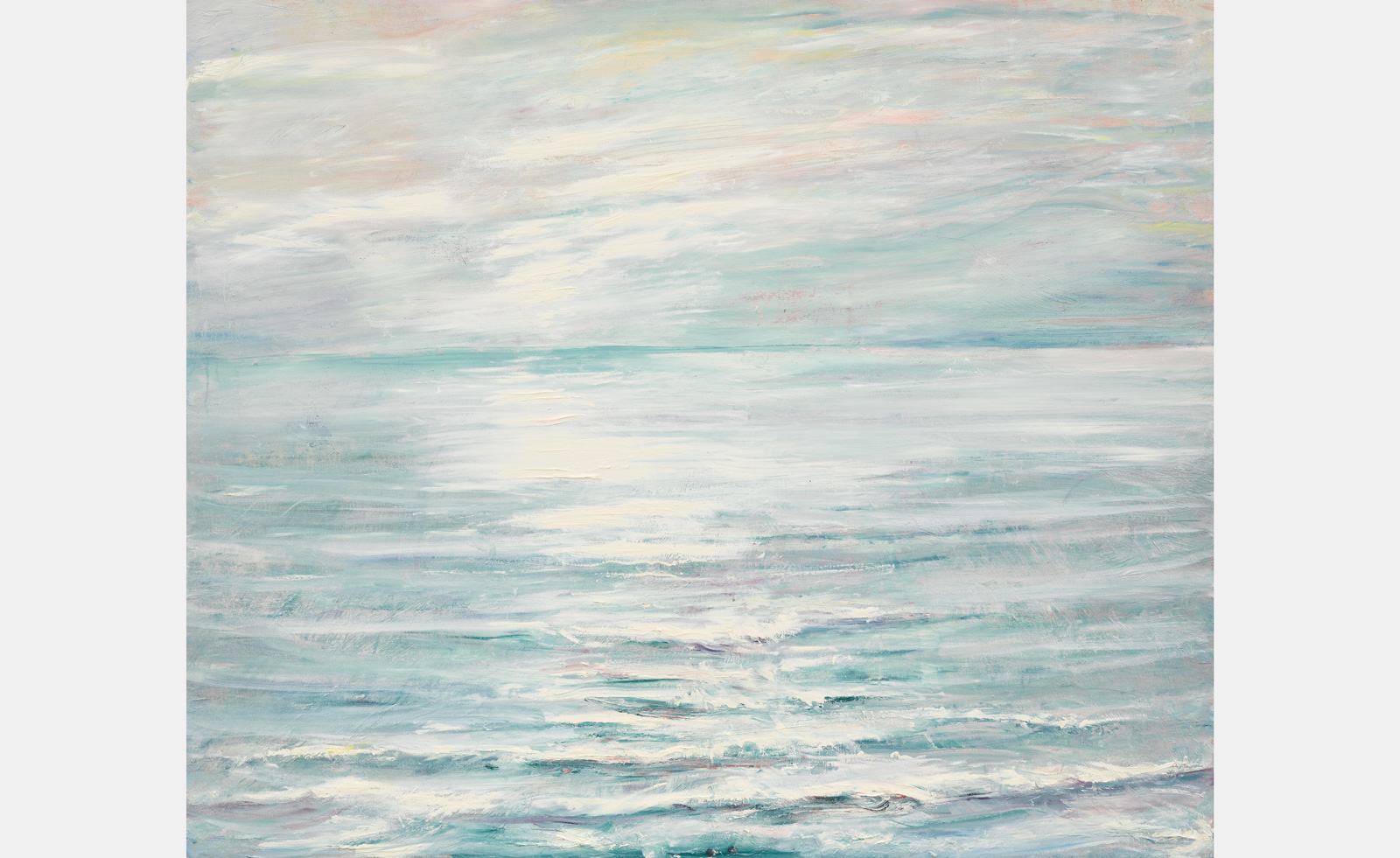
Celia Paul, The Sea, The Sea, 2024
As defiant as her auto-portraits are, Paul’s canvases are suffused with emotion, so much so that figures are bent over in tears, their plaintive positions echoed in their very titles. In Weeping Muse (2024), a figure clad in the purest of whites weeps like a votary before a saint, cleansed by her lachrymose act. In Weeping Muse and Running Tap (2024), an enrobed figure dissolves into the hot heaviness of her lamentation. Across the works, Paul’s translucent veils of paint balanced with the tremors of thicker impasto stir and enthral the viewer, conveying her grief in the very texture and composition of the paint. Ethereal in essence, but forceful in form, ‘Celia Paul: Colony of Ghosts’ moves and awes in equal measure; it recalls the past only to reinvigorate the present with timeless visions.
‘Celia Paul: Colony of Ghosts’ is on show at Victoria Miro, London, until 17 April 2025. An accompanying monograph, Celia Paul: Works 1975–2025 is published by MACK and also available from Waterstones
Receive our daily digest of inspiration, escapism and design stories from around the world direct to your inbox.
-
 This ethereal Miami residence sprouted out of a wild, jungle-like garden
This ethereal Miami residence sprouted out of a wild, jungle-like gardenA Miami couple tapped local firm Brillhart Architecture to design them a house that merged Florida vernacular, Paul Rudolph and 'too many plants to count’
-
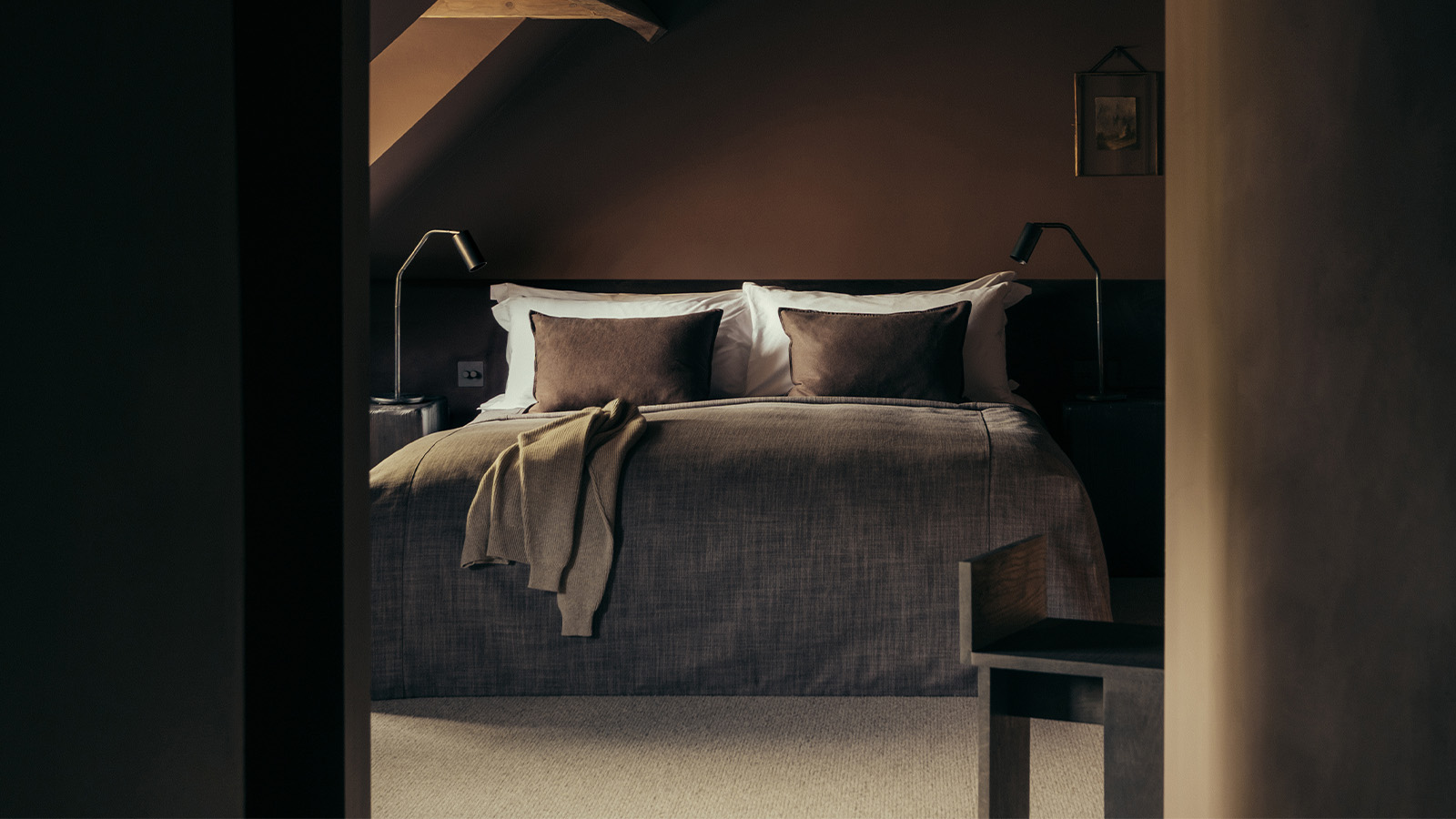 At this charming bolthole in The Cotswolds, doing nothing is an art form
At this charming bolthole in The Cotswolds, doing nothing is an art formLeave your mobile on ‘do not disturb’, switch off and slow down at this 16th-century manor-turned-hotel
-
 Out of office: The Wallpaper* editors’ picks of the week
Out of office: The Wallpaper* editors’ picks of the weekIt’s been a week of escapism: daydreams of Ghana sparked by lively local projects, glimpses of Tokyo on nostalgic film rolls, and a charming foray into the heart of Christmas as the festive season kicks off in earnest
-
 Out of office: The Wallpaper* editors’ picks of the week
Out of office: The Wallpaper* editors’ picks of the weekIt’s been a week of escapism: daydreams of Ghana sparked by lively local projects, glimpses of Tokyo on nostalgic film rolls, and a charming foray into the heart of Christmas as the festive season kicks off in earnest
-
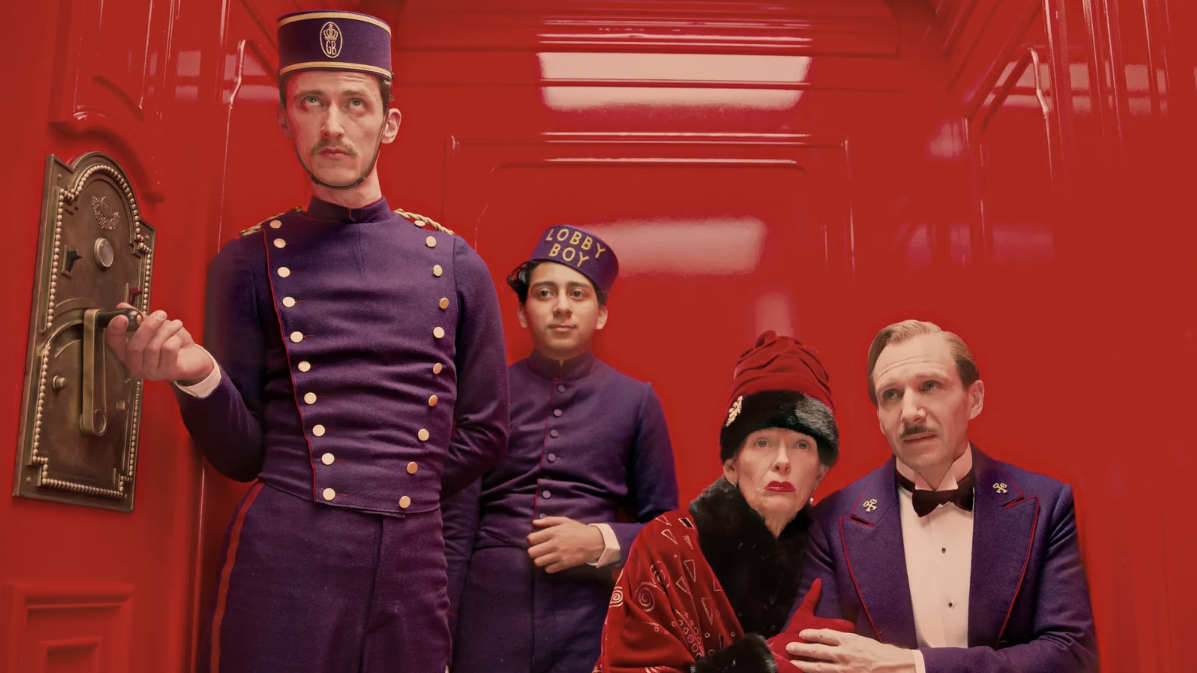 Wes Anderson at the Design Museum celebrates an obsessive attention to detail
Wes Anderson at the Design Museum celebrates an obsessive attention to detail‘Wes Anderson: The Archives’ pays tribute to the American film director’s career – expect props and puppets aplenty in this comprehensive London retrospective
-
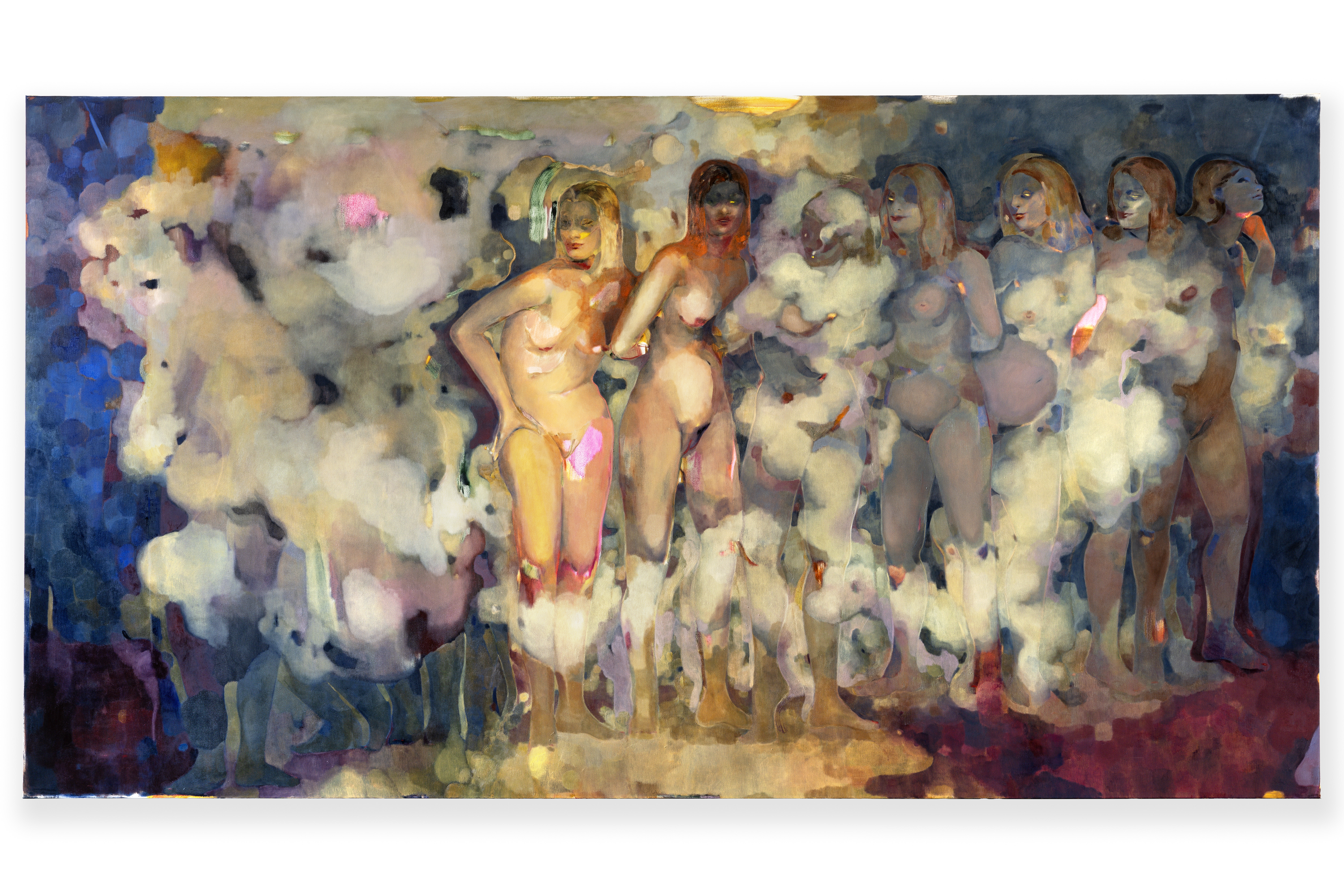 Meet Eva Helene Pade, the emerging artist redefining figurative painting
Meet Eva Helene Pade, the emerging artist redefining figurative paintingPade’s dreamlike figures in a crowd are currently on show at Thaddaeus Ropac London; she tells us about her need ‘to capture movements especially’
-
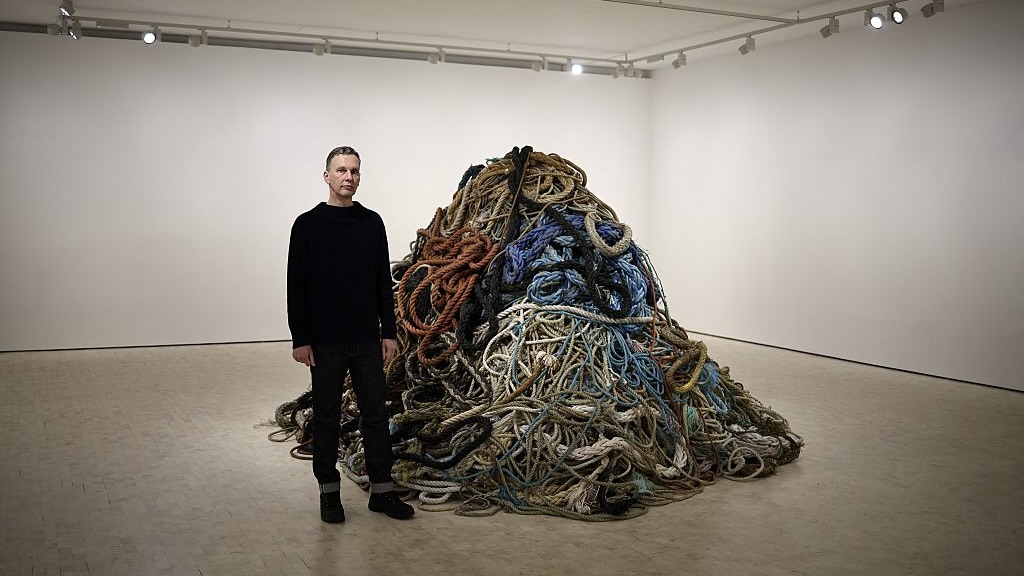 David Shrigley is quite literally asking for money for old rope (£1 million, to be precise)
David Shrigley is quite literally asking for money for old rope (£1 million, to be precise)The Turner Prize-nominated artist has filled a London gallery with ten tonnes of discarded rope, priced at £1 million, slyly questioning the arbitrariness of artistic value
-
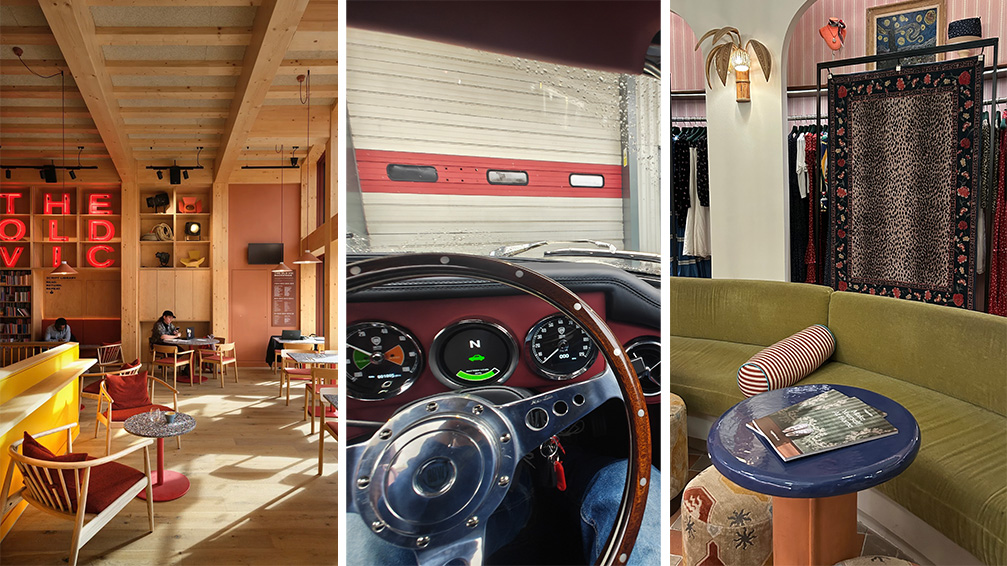 Out of office: The Wallpaper* editors’ picks of the week
Out of office: The Wallpaper* editors’ picks of the weekThe rain is falling, the nights are closing in, and it’s still a bit too early to get excited for Christmas, but this week, the Wallpaper* team brought warmth to the gloom with cosy interiors, good books, and a Hebridean dram
-
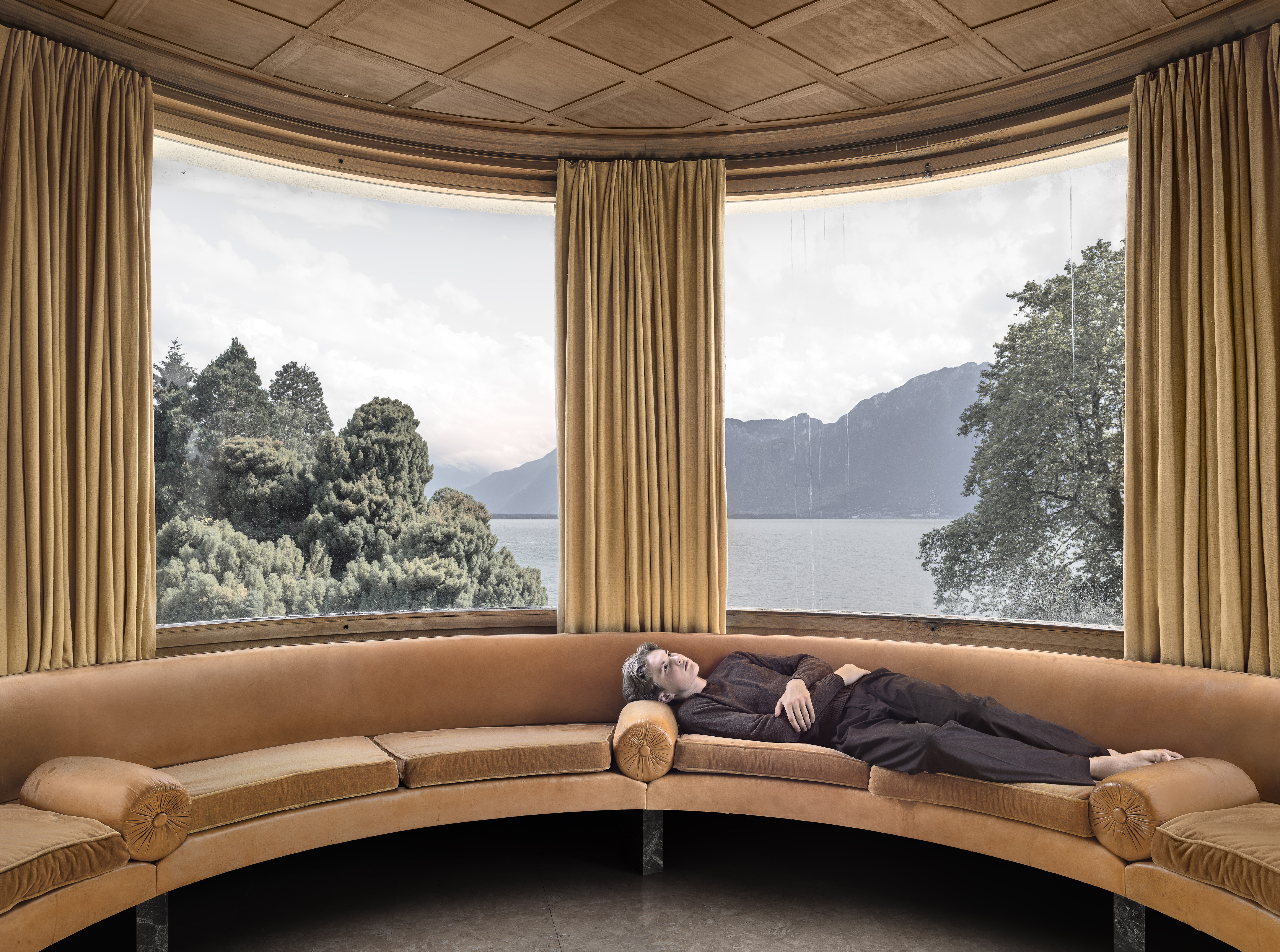 A former leprosarium with a traumatic past makes a haunting backdrop for Jaime Welsh's photographs
A former leprosarium with a traumatic past makes a haunting backdrop for Jaime Welsh's photographsIn 'Convalescent,' an exhibition at Ginny on Frederick in London, Jaime Welsh is drawn to the shores of Lake Geneva and the troubled history of Villa Karma
-
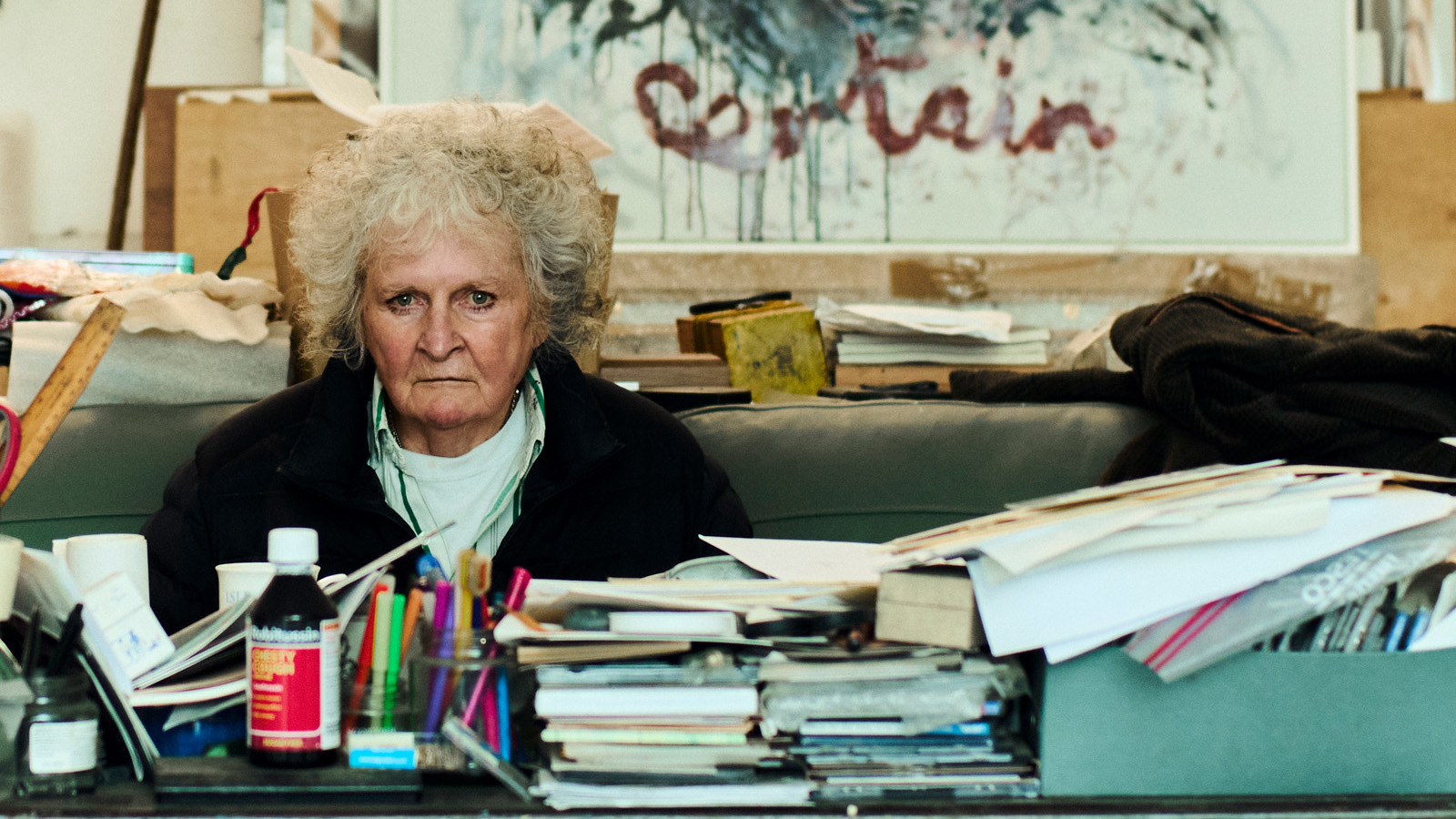 Maggi Hambling at 80: what next?
Maggi Hambling at 80: what next?To mark a significant year, artist Maggi Hambling is unveiling both a joint London exhibition with friend Sarah Lucas and a new Rizzoli monograph. We visit her in the studio
-
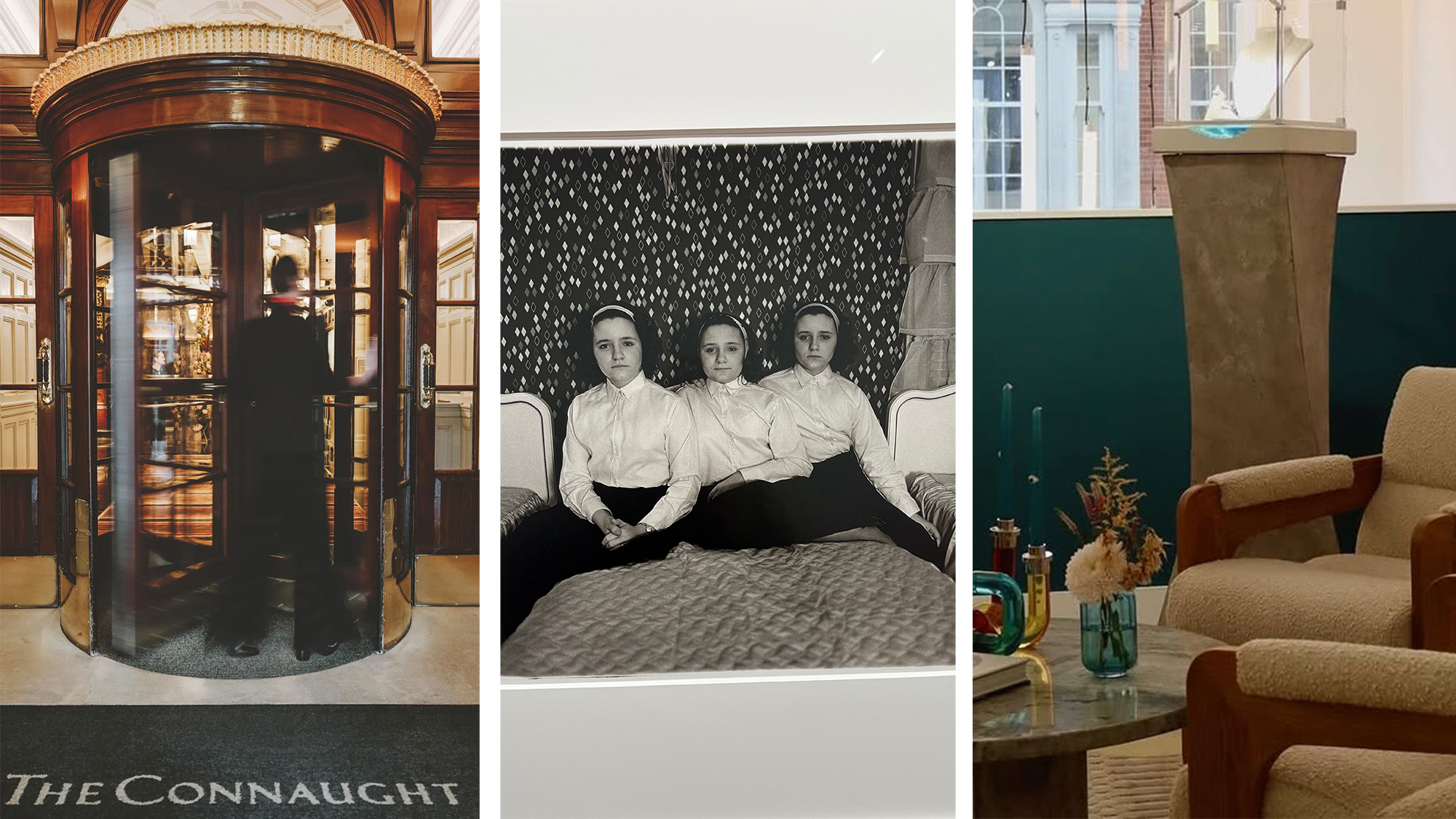 Out of office: The Wallpaper* editors’ picks of the week
Out of office: The Wallpaper* editors’ picks of the weekThis week, the Wallpaper* editors curated a diverse mix of experiences, from meeting diamond entrepreneurs and exploring perfume exhibitions to indulging in the the spectacle of a Middle Eastern Christmas